
Strategic thinking is a crucial skill that can greatly influence the success of individuals and organizations. It refers to the ability to analyze complex situations, anticipate future trends, and make informed decisions that align with long-term goals. To be a strategic thinker means to have a mindset that goes beyond short-term fixes and focuses on creating sustainable solutions. Strategic thinking involves gathering and analyzing information from various sources, identifying patterns and trends, and using this knowledge to develop innovative strategies. It requires a deep understanding of the business environment, as well as the ability to think critically and creatively. Strategic thinkers are not afraid to challenge the status quo and take calculated risks to drive meaningful change. By incorporating strategic thinking into their decision-making processes, individuals and organizations can navigate uncertainty, seize opportunities, and maintain a competitive advantage in a rapidly evolving world.
Benefits of Strategic Thinking
Strategic thinking offers numerous benefits to individuals and organizations alike. Firstly, it enables better decision-making by considering the long-term implications of different options. This helps avoid costly mistakes and ensures that resources are allocated effectively. Strategic thinkers are also more adaptable and resilient in the face of uncertainty, as they are constantly scanning the environment for new opportunities and threats.
Furthermore, strategic thinking fosters innovation and encourages a proactive approach to problem-solving. By thinking strategically, individuals can identify new trends and market gaps, leading to the development of unique and competitive solutions. This not only enhances an organization's competitive advantage but also cultivates a culture of continuous improvement and growth.
Characteristics of a Strategic Thinker
To be a strategic thinker, certain characteristics and qualities are essential. Firstly, strategic thinkers are curious and have a strong desire to learn and expand their knowledge. They are constantly seeking new information and insights to gain a comprehensive understanding of the business landscape. Additionally, strategic thinkers are open-minded and receptive to different perspectives, recognizing that diverse viewpoints can lead to more robust strategies.
Moreover, strategic thinkers possess excellent analytical skills and are able to break down complex problems into manageable components. They are skilled at identifying patterns and trends, which helps them make informed decisions. Strategic thinkers also demonstrate strong leadership abilities, as they are able to inspire and influence others to embrace a strategic mindset and work towards common goals. As a Coach, I work with people focussing on strategic thinking and having clarity of their values. Strategic thinking and values are two critical components that drive success in both personal and professional domains. Strategic thinking enables individuals and organizations to navigate complex environments, make informed decisions, and achieve desired outcomes. Values provide a moral compass and guide actions in alignment with ethical principles. When these two elements are integrated, they create a powerful combination that leads to long-term success, sustainable growth, and positive societal impact. By embracing strategic thinking and values, individuals and organizations can chart a path toward excellence and make a meaningful difference in the world.
Article from Forbes mentions If you want a different ending to the story of your career, start thinking more about strategy.
The Significance of Values:
Values are deeply ingrained beliefs and principles that guide our behavior and decision-making. They serve as a moral compass, shaping our actions and defining what is important to us. Values provide a sense of purpose, ethics, and integrity in both personal and professional contexts. When individuals and organizations operate in alignment with their core values, they foster trust, inspire loyalty, and build a positive reputation.
Integrating Strategic Thinking and Values:
- Ethical Decision Making: Strategic thinking combined with values ensures that decisions are not solely driven by short-term gains or expediency. By considering the ethical implications of their choices, strategic thinkers can make decisions that are aligned with their values and have a positive impact on all stakeholders involved.
- Long-Term Orientation: Strategic thinking requires a long-term perspective, considering the potential consequences and outcomes of decisions. Integrating values into this process ensures that the long-term interests of individuals, organizations, and society as a whole are taken into account. This approach fosters sustainable growth, responsible leadership, and positive societal impact.
- People-Centric Approach: Values that prioritize empathy, respect, and inclusivity can shape strategic thinking to focus on the well-being and development of individuals within an organization. This approach fosters a positive culture, enhances employee engagement, and drives innovation.
- Brand Differentiation: Incorporating core values into strategic thinking can help organizations differentiate themselves in a competitive market. By aligning their actions with their values, organizations can build a unique brand identity that resonates with customers, employees, and other stakeholders.
Real-life examples of strategic thinking
To truly grasp the power of strategic thinking, let's explore some real-life examples of individuals and organizations that have successfully applied this skill. One such example is Steve Jobs, the co-founder of Apple Inc. Jobs was known for his visionary thinking and ability to anticipate future trends. He revolutionized the technology industry by introducing innovative products like the iPhone and iPad, which completely transformed the way we communicate and consume information.
Another example is Netflix, the popular streaming service. Netflix disrupted the traditional video rental market by adopting a strategic approach. Instead of focusing on physical DVD rentals, they recognized the shift towards digital content and invested heavily in streaming technology. This strategic move allowed them to become a market leader and redefine the way we watch movies and TV shows.
Case study: Strategic thinking in business
To further understand the impact of strategic thinking in a business context, let's examine the case of Amazon. The e-commerce giant started as an online bookstore but quickly expanded into various other industries, such as cloud computing and entertainment streaming. This diversification was driven by Amazon's strategic thinking, as they recognized the potential of these industries and the changing consumer preferences.
Amazon's success can be attributed to their strategic thinking and values that drive their decision-making processes. They prioritize customer obsession, which means keeping the customer at the center of all their decisions and focusing on meeting their needs. This customer-centric approach allows them to anticipate customer needs and tailor their products and services accordingly.
Another key aspect of Amazon's strategic thinking is their passion for invention. They see ideas as assets and are constantly exploring new opportunities for innovation. This mindset of continuous experimentation and learning enables them to stay ahead of the curve and constantly evolve their offerings to meet changing customer demands.
Operational excellence is another value that guides Amazon's strategic thinking. They are committed to maintaining high standards in all aspects of their operations, from logistics to customer service. This commitment to excellence ensures that they deliver a superior customer experience and build trust with their customers. In addition to these values, Amazon also places a strong emphasis on long-term thinking. They are not solely focused on short-term gains but instead aim for sustainable growth and long-term success. This long-term orientation allows them to make strategic investments and take calculated risks that will benefit the company in the long run. Furthermore, Amazon's strategic thinking is driven by a people-centric approach. They prioritize hiring and developing the best talent, recognizing the importance of a skilled and motivated workforce. By investing in their employees and fostering a culture of continuous learning, Amazon ensures that they have the right people in place to execute their strategic plans effectively.
Integrating strategic thinking and values has been instrumental in Amazon's success. Their ability to analyze complex situations, set clear goals, and anticipate market trends has allowed them to make informed decisions and stay ahead of the competition. At the same time, their values provide a moral compass that guides their decision-making, promoting ethical behavior and long-term thinking.
This powerful combination of strategic thinking and values has enabled Amazon to achieve not only financial success but also make a positive societal impact. They strive to be the Earth's best employer, emphasizing the importance of earning trust and delivering results. They also prioritize making a positive impact on local communities and the environment, ensuring that their growth is sustainable and benefits future generations.
In conclusion, strategic thinking and values are key components of Amazon's success. Their ability to anticipate customer needs, innovate, and maintain operational excellence is driven by a set of core values that guide their decision-making. By integrating strategic thinking and values, Amazon has achieved long-term success, sustainable growth, and made a positive impact on society. This serves as a powerful example of how strategic thinking and values can be effectively integrated to achieve desired outcomes in any organization.
How to develop strategic thinking skills
While some individuals may naturally possess strategic thinking skills, it is a skill that can be developed and honed over time. To enhance your strategic thinking abilities, consider the following strategies:
- Seek diverse perspectives: Engage with people from different backgrounds and industries to gain new insights and challenge your assumptions.
- Read widely: Stay informed about industry trends, emerging technologies, and global issues to broaden your knowledge base.
- Practice critical thinking: Analyze problems from multiple angles, consider all possible solutions, and evaluate the potential risks and benefits of each option.
- Embrace creativity: Encourage creative thinking by brainstorming ideas, exploring unconventional approaches, and fostering an environment that values innovation.
- Continuously learn: Invest in your personal and professional development by attending workshops, seminars, and courses that focus on strategic thinking and decision-making.
Tools and techniques for strategic thinking
There are several tools and techniques that can aid in the strategic thinking process. One such tool is the SWOT analysis, which stands for strengths, weaknesses, opportunities, and threats. This framework helps identify internal strengths and weaknesses, as well as external opportunities and threats, enabling individuals and organizations to develop strategies that leverage their strengths and mitigate their weaknesses.
Another technique is scenario planning, which involves creating multiple plausible future scenarios and analyzing their potential impact. This helps identify potential risks and uncertainties and allows for the development of contingency plans. By considering different scenarios, strategic thinkers can anticipate challenges and adapt their strategies accordingly.
Applying strategic thinking to decision-making
Strategic thinking is closely tied to effective decision-making. By applying a strategic mindset, individuals can make decisions that align with long-term goals and have a positive impact on the organization. When faced with a decision, consider the following steps:
- Define the problem: Clearly articulate the problem or challenge at hand, ensuring a thorough understanding of the situation.
- Gather information: Collect relevant data, conduct research, and seek input from key stakeholders to gain a comprehensive understanding of the issue.
- Analyze the options: Evaluate different alternatives, considering the potential risks, benefits, and trade-offs associated with each option.
- Consider the long-term: Assess the long-term implications of each option and select the one that aligns with the organization's strategic goals.
- Implement and evaluate: Once a decision is made, implement the chosen strategy and regularly evaluate its effectiveness, making adjustments as necessary.
Challenges and obstacles in strategic thinking
While strategic thinking offers significant advantages, it is not without its challenges. One common obstacle is the tendency to focus on short-term gains at the expense of long-term goals. In a fast-paced business environment, it can be tempting to prioritize immediate results over long-term sustainability. Overcoming this challenge requires discipline and a commitment to thinking strategically.
Another challenge is the resistance to change. Strategic thinking often involves challenging the status quo and embracing new ideas and approaches. However, individuals and organizations can be resistant to change due to fear of the unknown or a desire to maintain the current state of affairs. Overcoming this challenge requires effective communication and a willingness to address concerns and actively involve stakeholders in the strategic thinking process.
Some of the constraints that organizations face are:
Time Constraints: One of the most significant obstacles to strategic thinking is the scarcity of time. In our fast-paced society, leaders and decision-makers often find themselves caught up in the daily grind, leaving little room for contemplation and long-term planning. For instance, a marketing manager may struggle to find time to analyze market trends and competitors' strategies while juggling multiple projects and deadlines.
Lack of Commitment: Gaining commitment from others to support and execute strategic plans is another common obstacle in strategic thinking. Without the full support and engagement of team members, initiatives may fail to gain traction and lead to suboptimal results. For example, a CEO may struggle to rally employees behind a new organizational vision, resulting in resistance and limited progress.
Limited Perspective: Strategic thinking requires the ability to consider various perspectives and possibilities. However, individuals may find themselves trapped in narrow thinking patterns, limiting their ability to generate innovative ideas and solutions. This obstacle can be particularly prevalent in organizations with hierarchical structures or rigid decision-making processes.
Resistance to Change: Strategic thinking often involves introducing and implementing changes within an organization. However, resistance to change can hinder progress and undermine strategic initiatives. Employees may fear the unknown, worry about job security, or simply be comfortable with the status quo.
How can Expert coaches like Nimir Raval, MSW, RSW, and FCBC support you in your strategic thinking journey
Nimir Raval, a highly experienced Coach, Counsellor, and Consultant, can provide invaluable support on your strategic thinking journey. With his expertise in strategic planning and decision-making, Nimir can guide individuals and organizations in developing their strategic thinking skills. He offers personalized coaching sessions that focus on enhancing critical thinking, fostering creativity, and aligning decisions with long-term goals.
By working with Nimir, you can gain valuable insights and practical tools to overcome challenges, identify opportunities, and make strategic decisions that drive success. Nimir's holistic approach combines professional expertise with a deep understanding of human behavior and organizational dynamics, ensuring a comprehensive and impactful coaching experience.
Conclusion: Becoming a master strategic thinker
Mastering the art of strategic thinking is a continuous journey that requires dedication, practice, and a commitment to lifelong learning. By understanding the principles of strategic thinking and applying them to decision-making, individuals and organizations can transform their approach and achieve sustainable success.
Remember, strategic thinking is not limited to the boardroom; it can be applied to all aspects of life. Whether you are a business leader, an entrepreneur, or an individual looking to make better decisions, developing your strategic thinking skills will undoubtedly set you apart and empower you to thrive in an ever-changing world.
Reference:
Amazon. (2023). Leadership principles. About Amazon; Amazon. https://www.aboutamazon.com/about-us/leadership-principles
Amazon. (2023b). Who we are. Amazon. https://www.aboutamazon.com/about-us
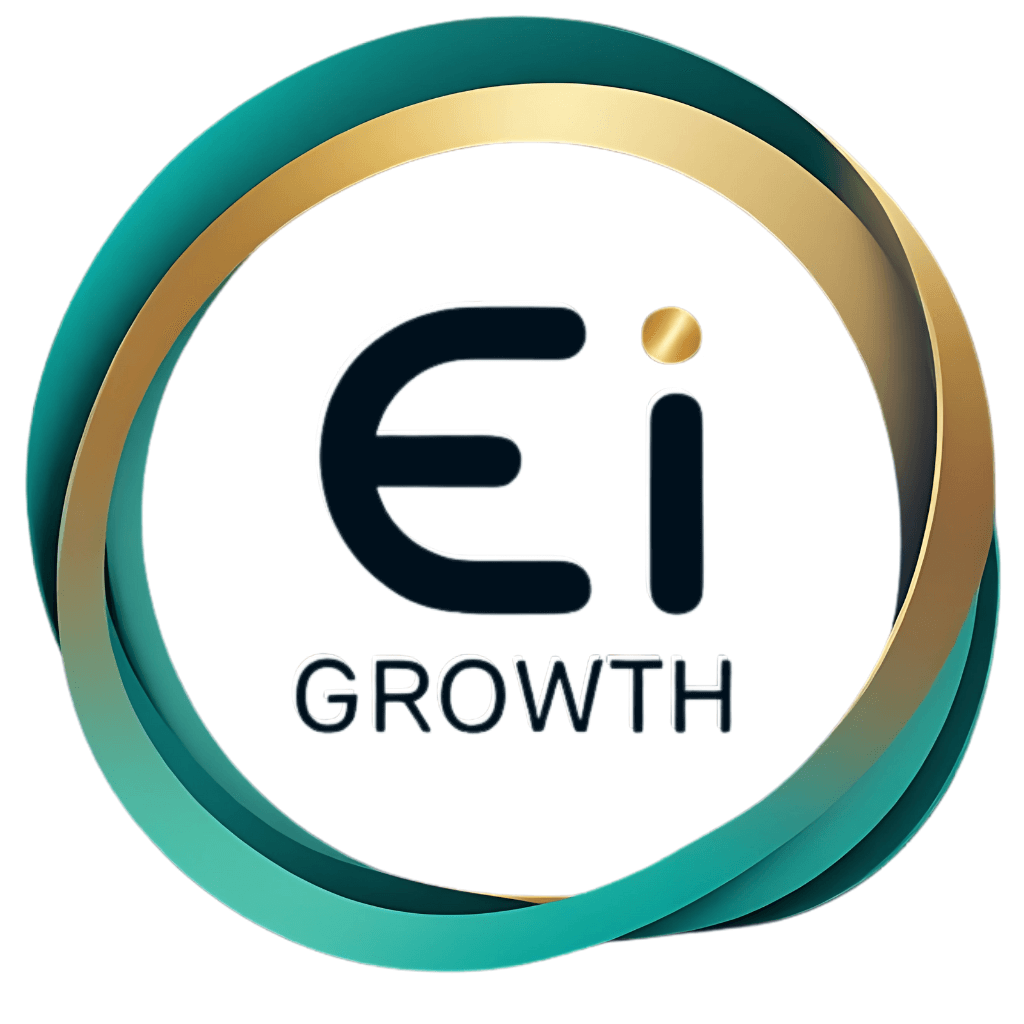

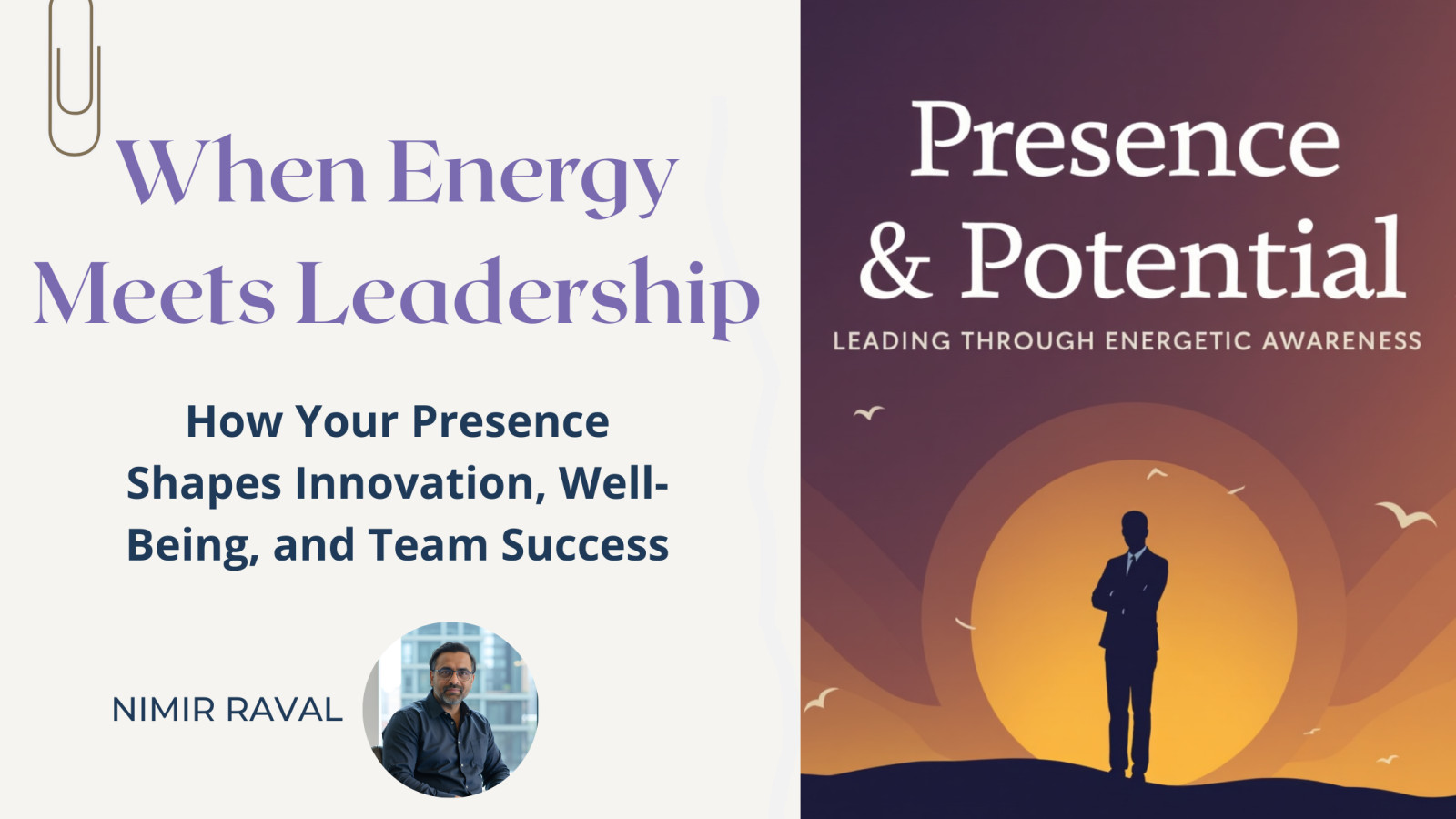
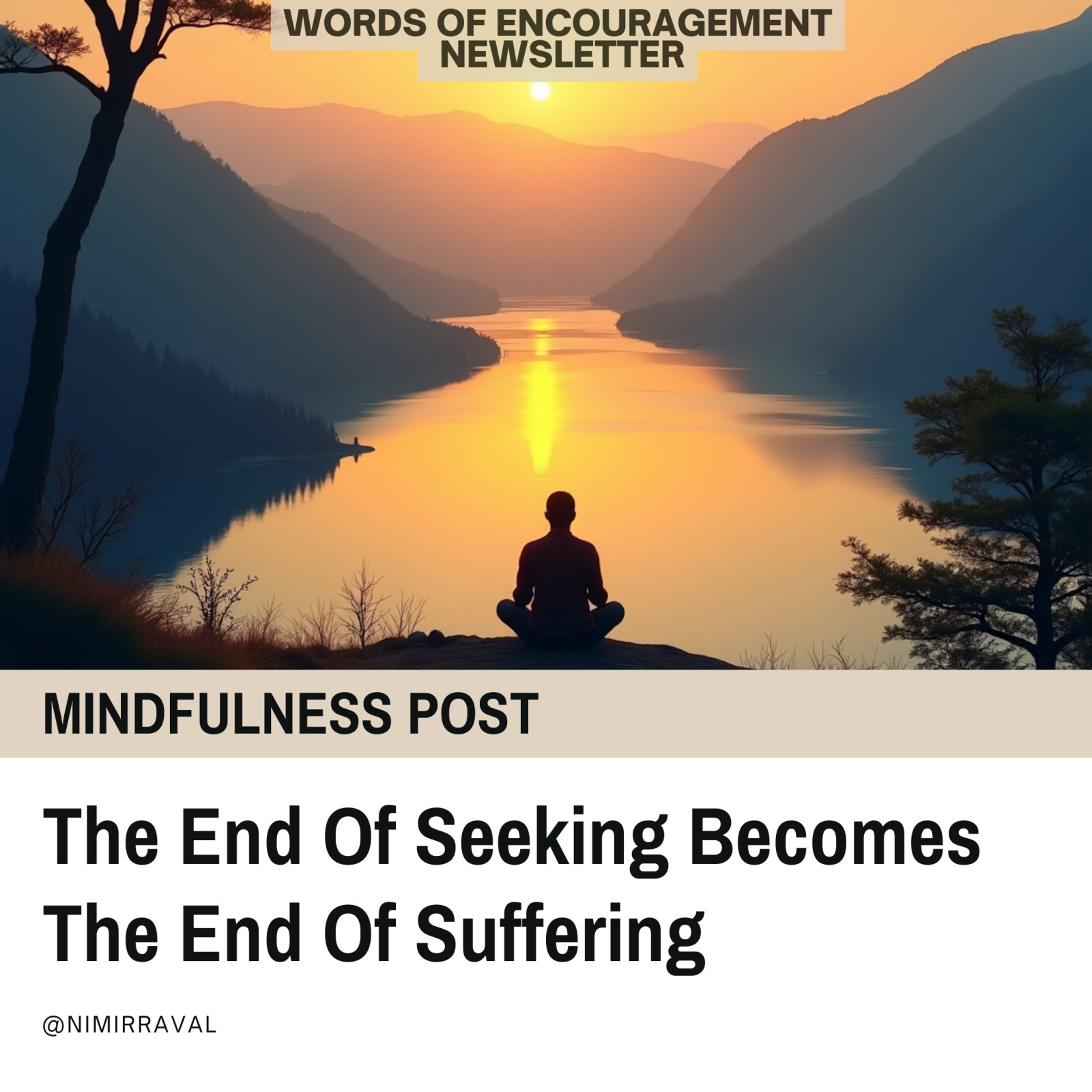



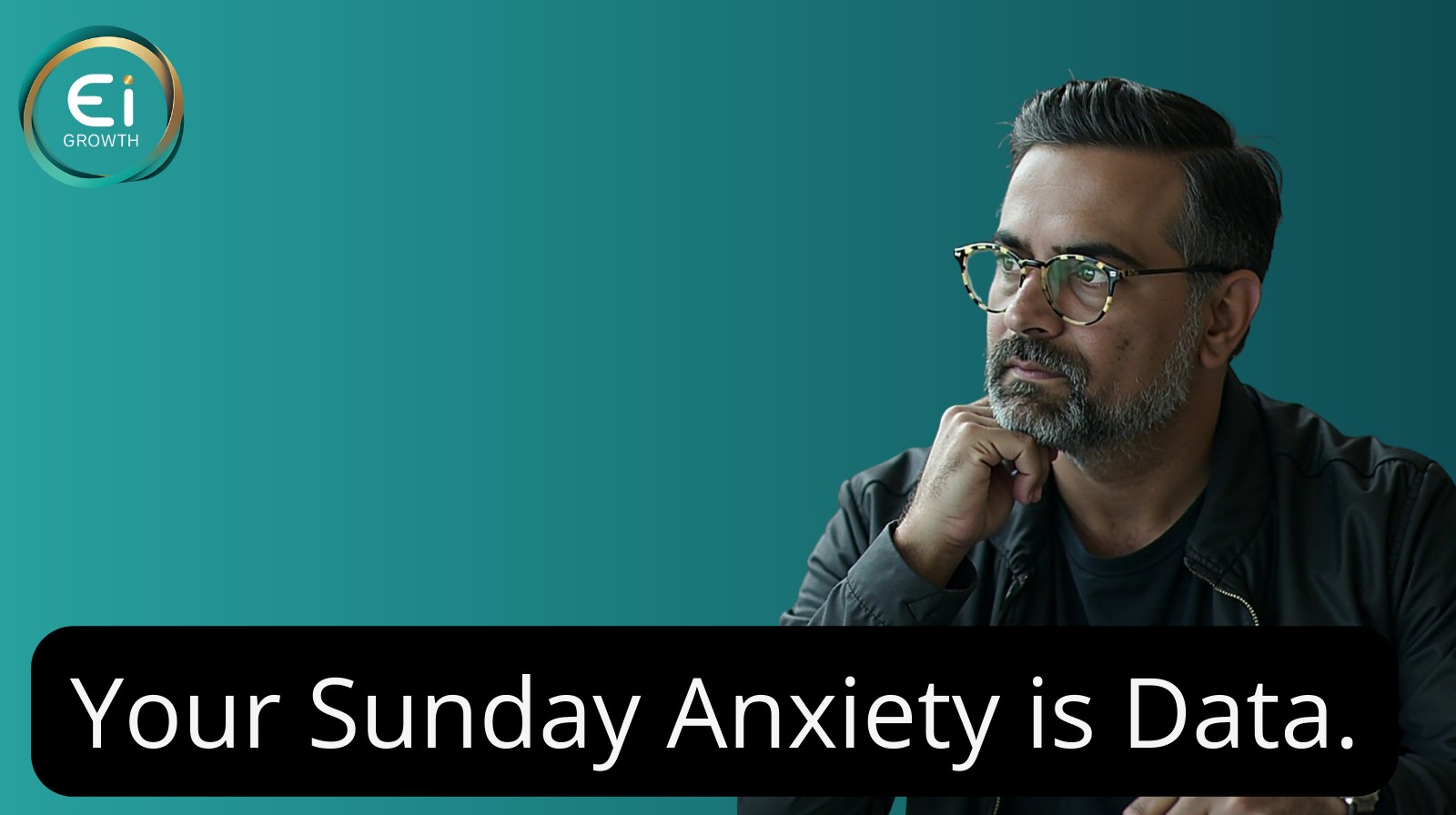
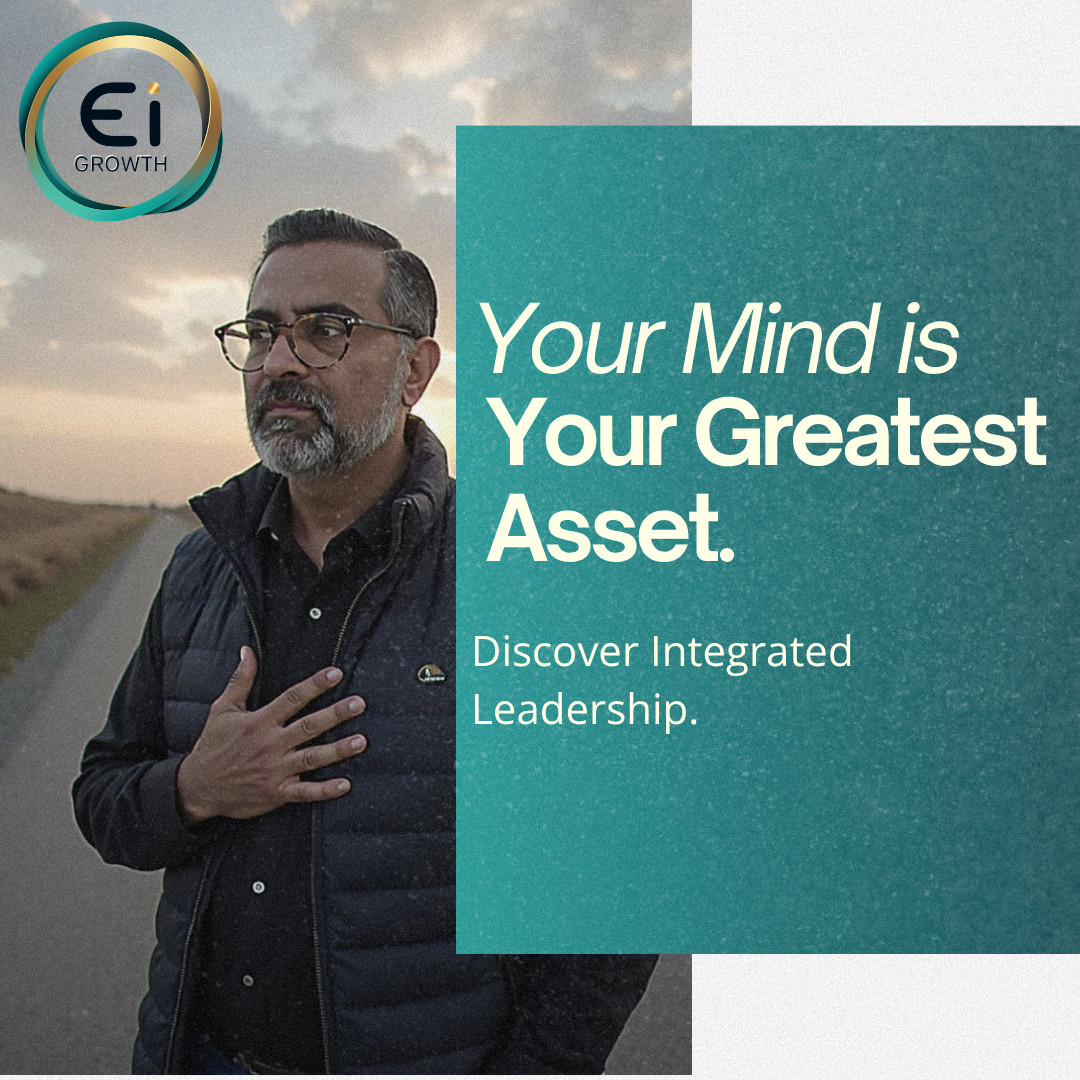

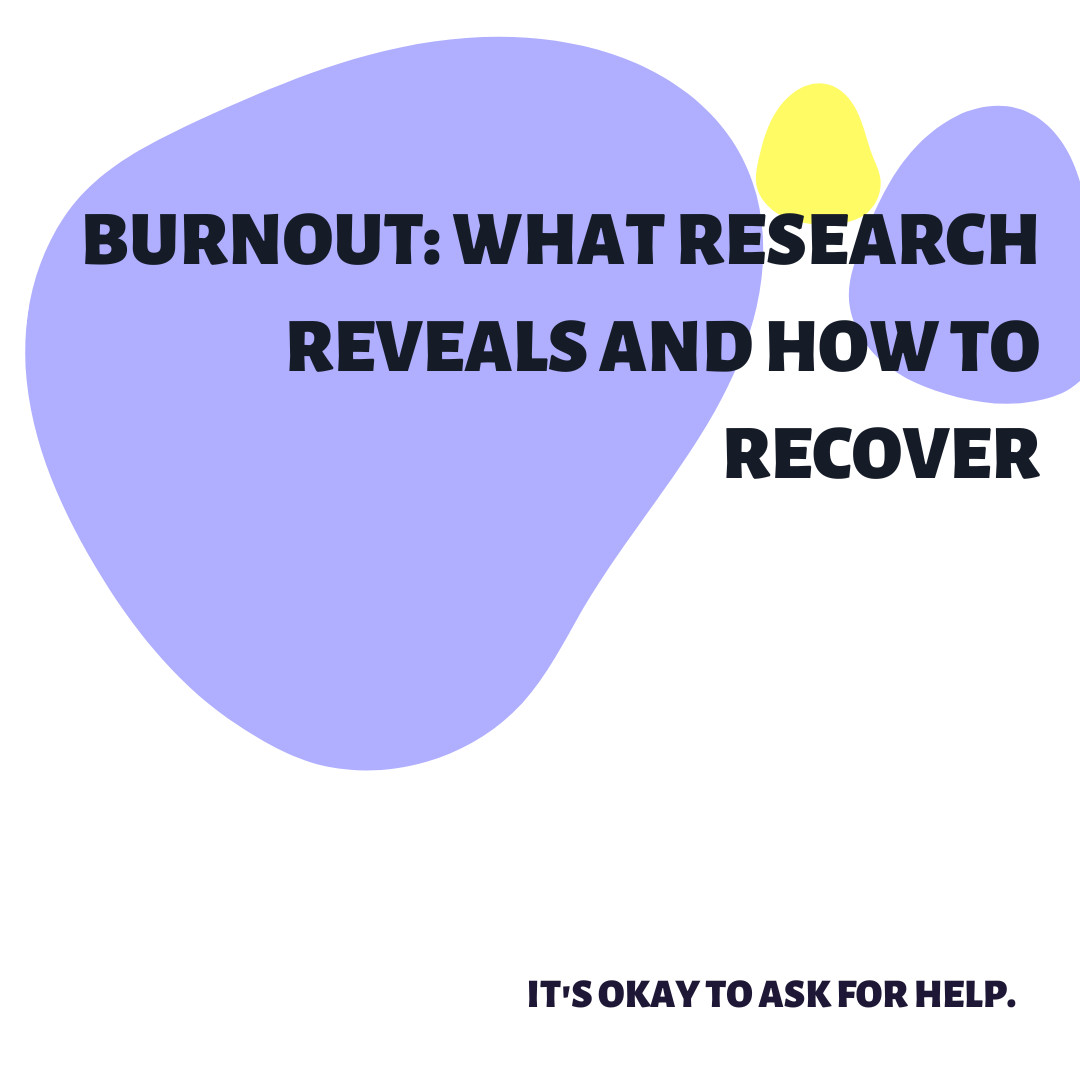


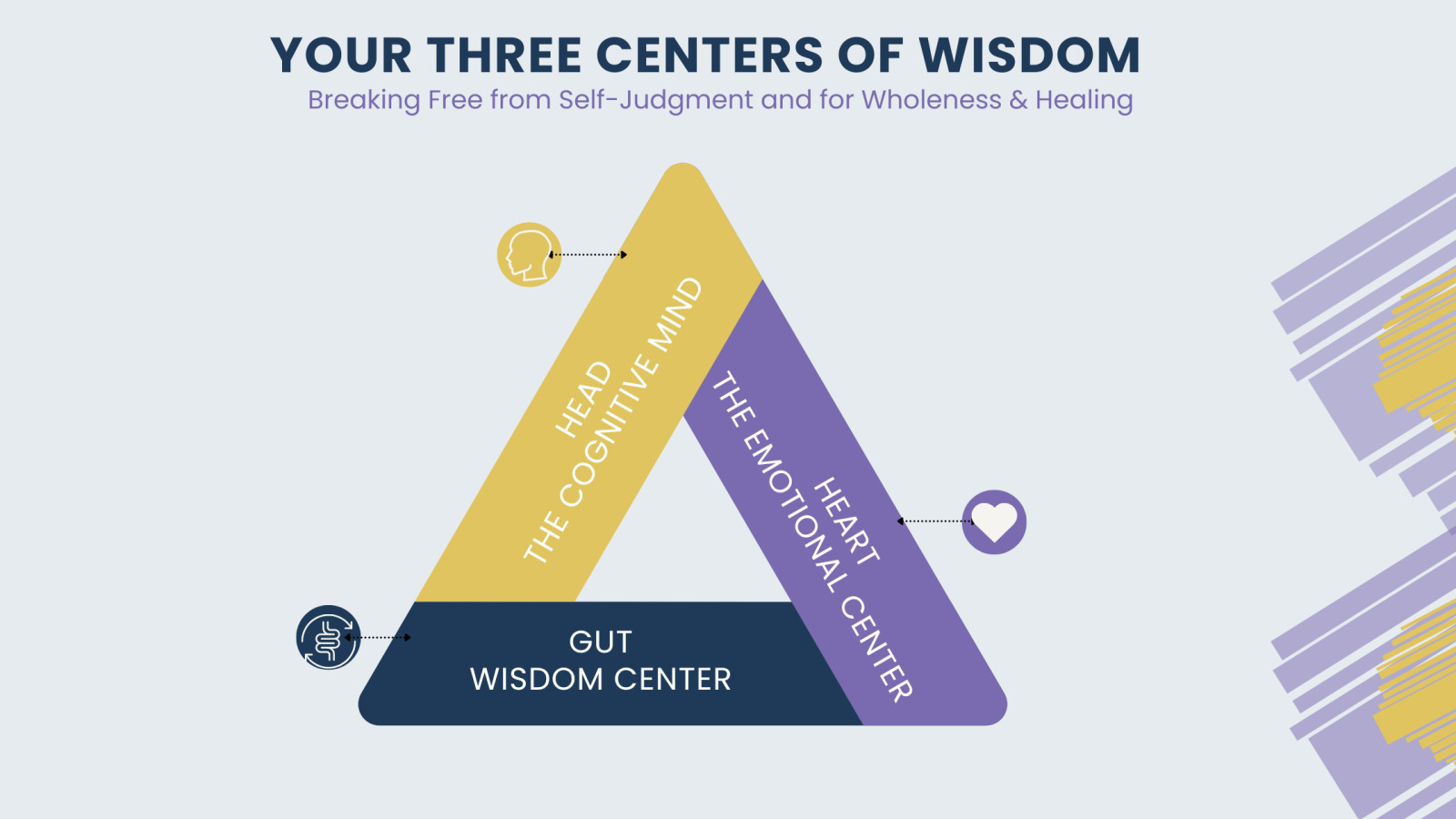


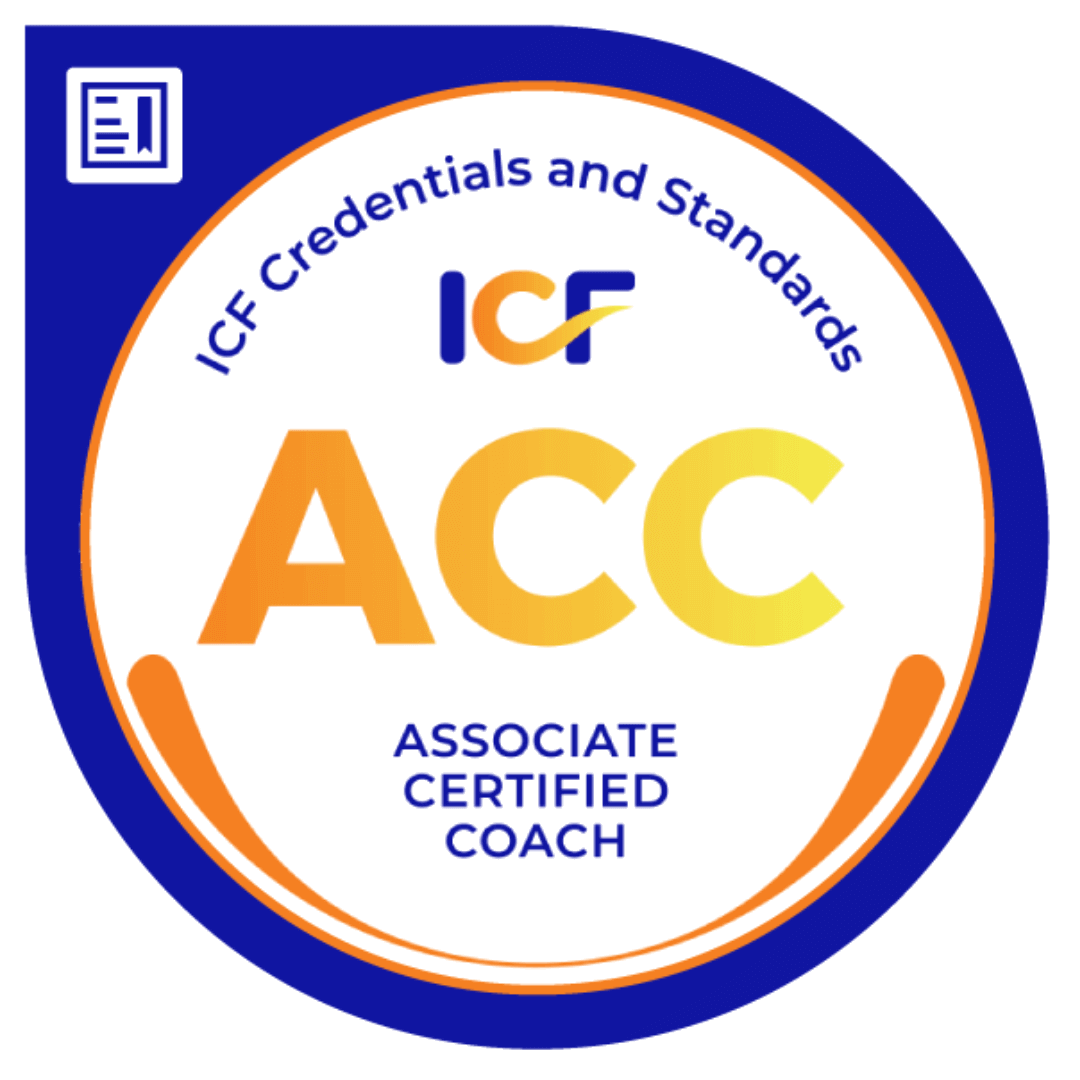
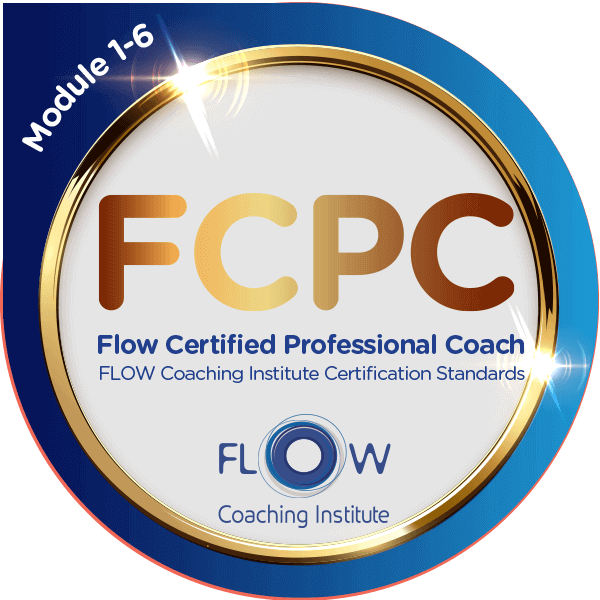
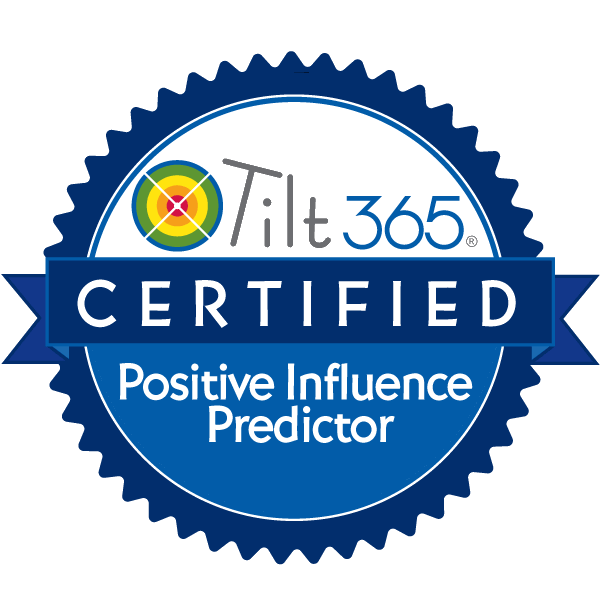
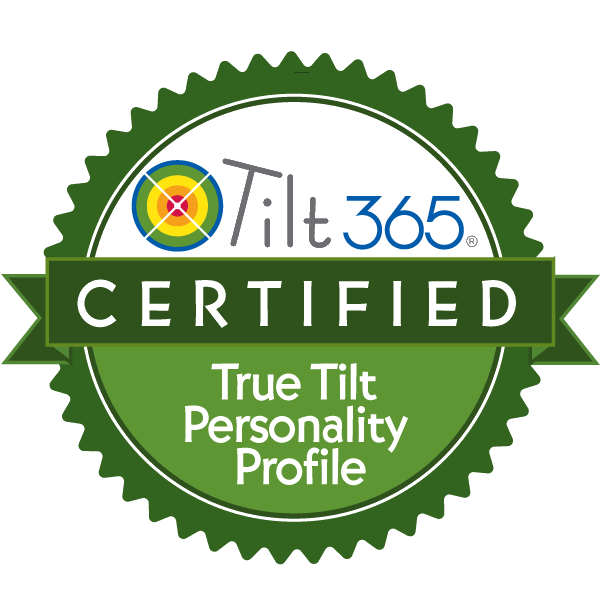
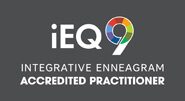


0 Comments